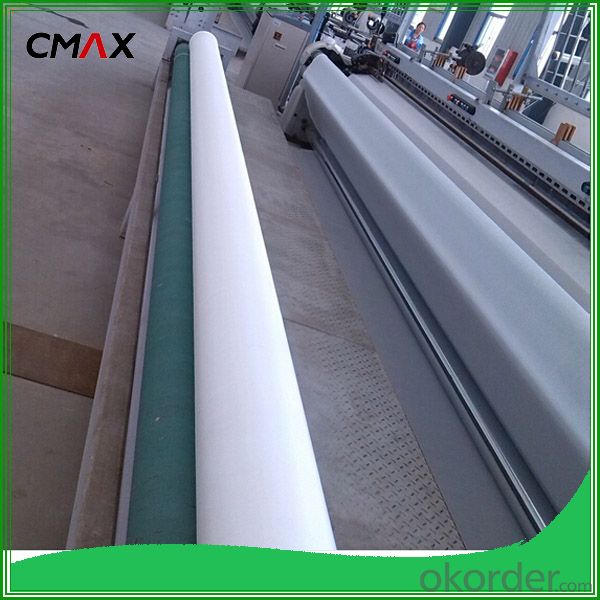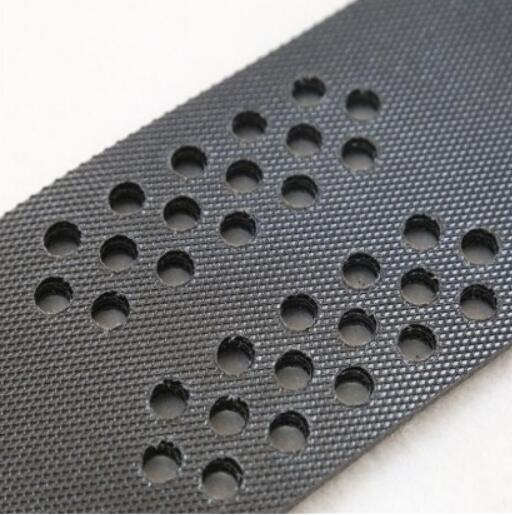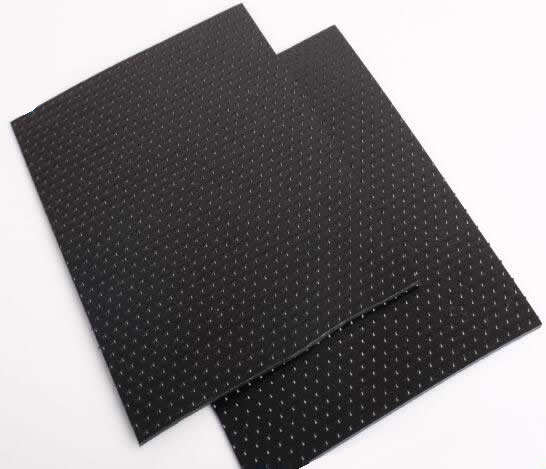- Understanding the Role of Geomembrane Liners in Waste Management
- Innovations in Geomembrane Liners for Water Management
- Geomembrane Liners: A Comprehensive Guide
- The Future of Geomembrane Liners in Civil Engineering
- Geomembrane Liners: Enhancing Landfill Stability
Manager:
WhatsApp:+86 177 0135 2670
Tel:+86 177 0135 2670
Email:marketing@okorder.com
Address:3rd Floor, No.2 Building, No.1 Sanlihe Road
The Selection Criteria for High-Quality Geomembrane Liners
When it comes to constructing a reliable and long-lasting barrier system, the choice of geomembrane liners is crucial. These synthetic materials are designed to prevent the leakage of contaminants and provide a waterproof layer in various applications such as landfills, reservoirs, and canal linings. But with a plethora of options available in the market, how do you ensure that you're selecting the highest quality geomembrane liners? Let's dive into some key considerations that can guide you through the selection process with ease and confidence.

Understanding the Basics
Geomembrane liners are made from high-density polyethylene (HDPE), low-density polyethylene (LDPE), polyvinyl chloride (PVC), and other polymers. Each type has its own set of properties that make it suitable for specific applications. For instance, HDPE is known for its strength and chemical resistance, while LDPE offers flexibility and ease of installation. Understanding the basics of these materials will help you make an informed decision based on your project's unique requirements.
Performance Characteristics
The performance of a geomembrane liner is not just about its ability to prevent leakage. It also encompasses its durability, resistance to chemicals, and ability to withstand environmental stress. Look for liners that have been tested and proven to perform well under various conditions. This includes resistance to UV radiation, temperature fluctuations, and mechanical stress.
Flexibility and Adaptability
One of the beauties of geomembranes is their flexibility. They can be easily molded to fit the contours of the land, making them ideal for irregular surfaces. However, not all liners are created equal in this regard. Some may be more rigid and less adaptable to the unique demands of your project. It's important to consider the flexibility and adaptability of the geomembrane when making your selection.
Longevity and Maintenance
A high-quality geomembrane liner should have a long service life, reducing the need for frequent replacements and minimizing long-term costs. Consider the expected lifespan of the liner and the maintenance requirements. Some liners may require more frequent inspections and repairs, which can add up over time.
Environmental Impact
In today's world, sustainability is a key concern for many projects. The environmental impact of the geomembrane material, its production process, and its end-of-life disposal should be taken into account. Opt for liners that are made from recycled materials or are easily recyclable to minimize your project's ecological footprint.
Cost-Effectiveness
While it may be tempting to go for the cheapest option, remember that the initial cost is not the only factor to consider. A cost-effective geomembrane liner should offer a good balance between initial investment and long-term value. This includes considering the liner's durability, ease of installation, and maintenance costs.
Regulatory Compliance
Ensure that the geomembrane liner you choose meets all the necessary regulatory standards and requirements for your project. This can vary depending on the industry and location, so it's important to do your homework and verify compliance before making a purchase.
Manufacturer Reputation and Support
A reputable manufacturer is likely to produce higher quality products and offer better support services. Look for manufacturers with a proven track record, positive customer feedback, and a commitment to ongoing research and development.
Installation and Compatibility
The ease of installation of a geomembrane liner can greatly impact the overall success of your project. Some liners may require specialized equipment or techniques, which can add to the complexity and cost of the installation process. Additionally, consider the compatibility of the liner with other materials used in your project, such as the Geotextiles, geogrids, and soil.
Warranty and Guarantees
A warranty or guarantee from the manufacturer can provide peace of mind and protect your investment. Look for liners that come with a comprehensive warranty that covers defects in materials and workmanship.
In conclusion, selecting the right geomembrane liner involves a careful evaluation of various factors, from the material's properties to the manufacturer's reputation. By considering the performance characteristics, flexibility, longevity, environmental impact, cost-effectiveness, regulatory compliance, and installation requirements, you can make a well-informed decision that will serve your project well for years to come.
- Previous:The Installation Process of Geomembrane Liners
- Next:The Use of Geomembrane Liners in Industrial Waste Disposal
-
2024-12-05Geomembrane Liners: A Comprehensive Guide






